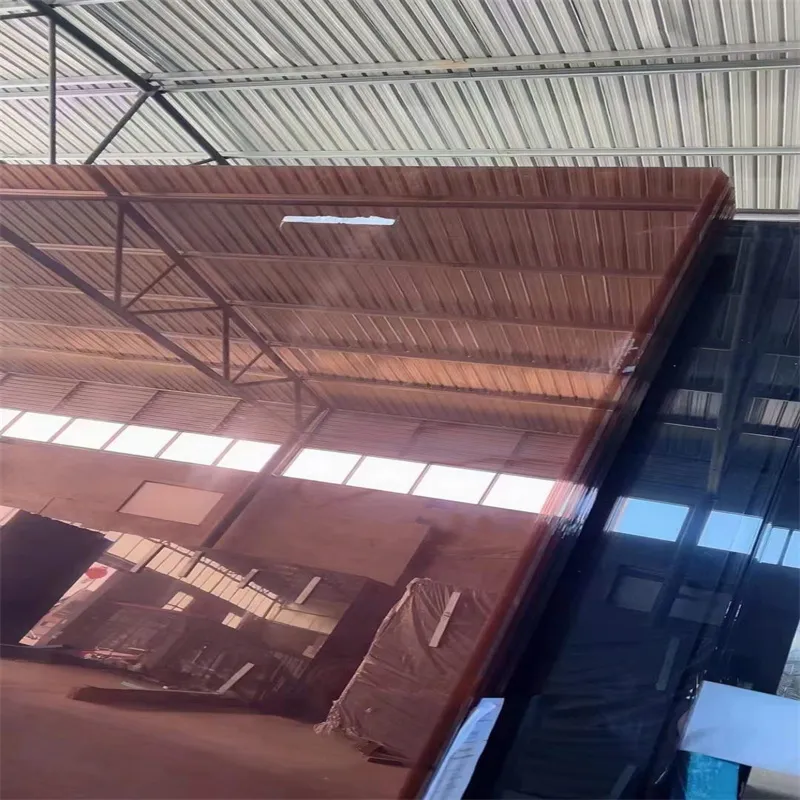Dec . 11, 2024 11:17 Back to list
what is float glass used for
What is Float Glass Used For?
Float glass, a type of glass produced through the float glass process, is known for its clarity and smoothness. This technique involves melting raw materials such as silica sand, soda lime, and other additives, which are then floated on molten tin to create panes of glass that are perfectly flat and transparent. Because of its unique manufacturing process, float glass has a wide range of applications across various industries and everyday life.
One of the most common uses of float glass is in the construction industry. It is predominantly utilized in windows and facades of buildings, allowing natural light to permeate indoor spaces while providing transparency and a clear view of the outside. Float glass is preferred for its excellent optical quality, which enhances the aesthetic appeal of architectural designs. Additionally, it can be treated for different properties, such as tinted or reflective glass, which helps regulate temperature and reduce glare. This makes float glass an integral part of energy-efficient building designs.
What is Float Glass Used For?
Another notable application of float glass is in the manufacturing of mirrors. By applying a reflective coating to one side of the glass, manufacturers create high-quality mirrors for both practical use in homes and decorative purposes. The smooth surface of float glass ensures that the mirrored finish is free from distortion, providing clear reflections which are crucial for personal grooming and interior design.
what is float glass used for

Float glass is also widely used in the production of furniture and interior design elements. Coffee tables, shelves, and room dividers often feature float glass due to its sleek appearance and ability to blend seamlessly with various materials. It adds a modern touch to home furnishings and is relatively easy to maintain, as it can be cleaned without fear of scratching or damaging the surface.
In the electronics and technology sectors, float glass is utilized in the manufacturing of screens for televisions, smartphones, and tablets. The glass provides significant protection for electronic displays while maintaining high transparency and touch sensitivity. The use of float glass in this way contributes to the longevity and functionality of these devices, making it a vital component in modern technology.
Lastly, float glass has applications in various industrial processes, including the creation of glass containers, packaging, and laboratory equipment. Its versatility allows it to be molded into different shapes and sizes, catering to specific requirements within sectors like food and beverage, pharmaceuticals, and consumer goods.
In conclusion, float glass is an essential material with diverse applications spanning construction, automotive, electronics, furniture, and industrial sectors. Its clarity, durability, and versatility make it an invaluable asset in modern society. As technology evolves, the uses for float glass continue to expand, ensuring its relevance in innovative projects and everyday products.
-
Safety and Style with Premium Laminated Glass Solutions
NewsJun.24,2025
-
Reinvents Security with Premium Wired Glass
NewsJun.24,2025
-
Premium Float Glass Line for Modern Architecture
NewsJun.24,2025
-
Low Emissivity Glass for Energy-Efficient Architecture
NewsJun.24,2025
-
High-Performance Insulated Glass Solutions for Modern Architecture
NewsJun.24,2025
-
Elevates Interior Style with Premium Silver Mirror
NewsJun.24,2025
Related PRODUCTS














